Frances Jones (Bannerman) (1855–1944)
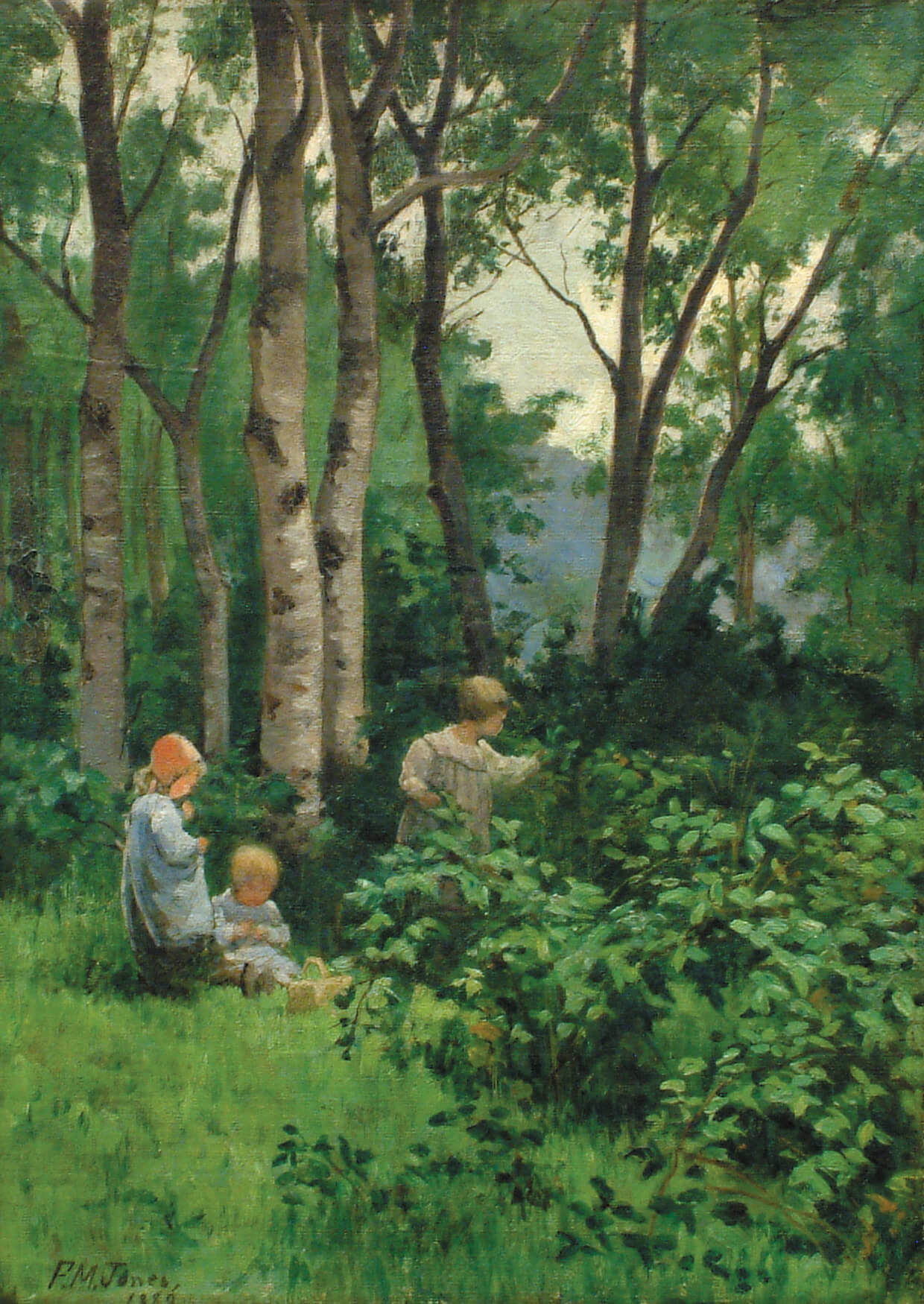
Frances Jones Bannerman, At the Edge of the Woods, 1882
Oil on canvas, 46 x 33.5 cm
Art Gallery of Nova Scotia, Halifax
Frances Jones was born into a wealthy and cultured Halifax family. Her father, Alfred Gilpin Jones (1824–1906), was a businessman and politician who served as an MP and cabinet minister before becoming Nova Scotia’s lieutenant governor in 1900. Frances Jones was first taught art at home by her mother, Margaret Wiseman Stairs (1825–1875), and governesses. In 1877 she studied with Forshaw Day (1831–1903). In 1878 Jones began studies at the studio of Édouard Krug (1829–1901) in Paris, spending summers in Brittany at Pont-Aven.
Jones was influenced by the Impressionist painters who were active in Paris, and she incorporated “elements of the new painting’s light and brushwork” into her work in the 1880s. In doing so, she became, as art historian Carol Lowrey wrote, “the first Canadian painter to experiment with the stylistic and thematic precepts associated with the New Painting.” She was also the first Canadian painter to include a Canadian subject in one of the Paris Salons; her 1883 painting In the Conservatory (exhibited in the 1883 Salon as Le Jardin d’hiver) is a view of her cousin reading in the sun-drenched conservatory of the Joneses’ family home in Halifax. Contemporary audiences would have recognized her painting as an homage to her near neighbour in Paris, Édouard Manet (1832–1883), whose own In the Conservatory had been exhibited in the 1879 Salon. Her early adoption of Impressionist principles was to prove influential in the development of painting in Halifax through the first half of the twentieth century.
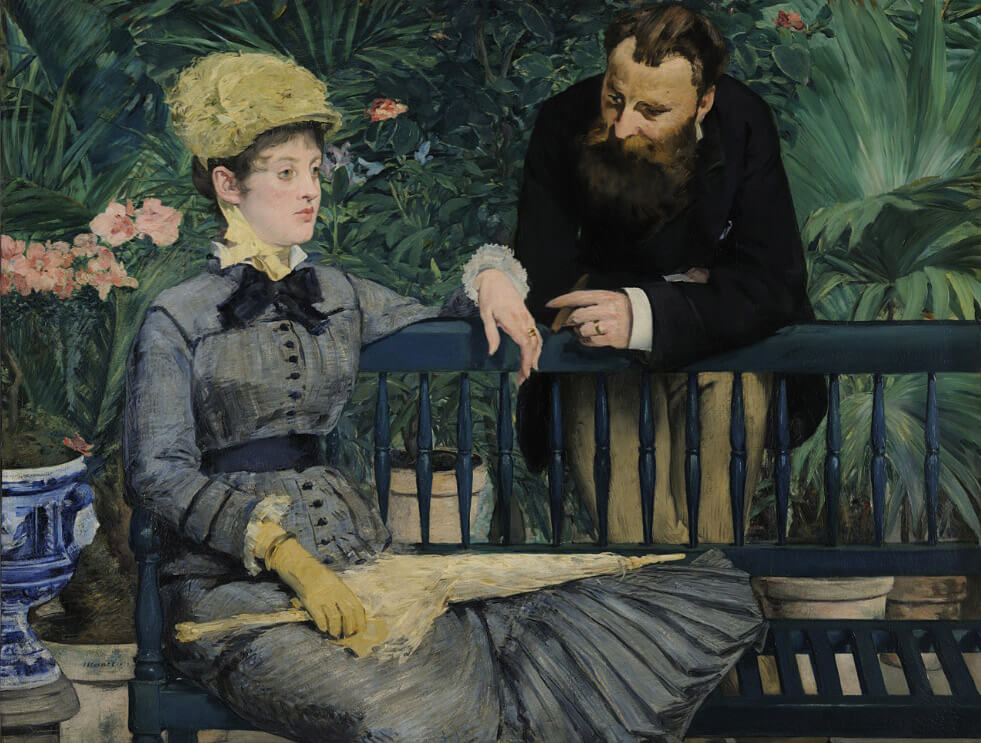
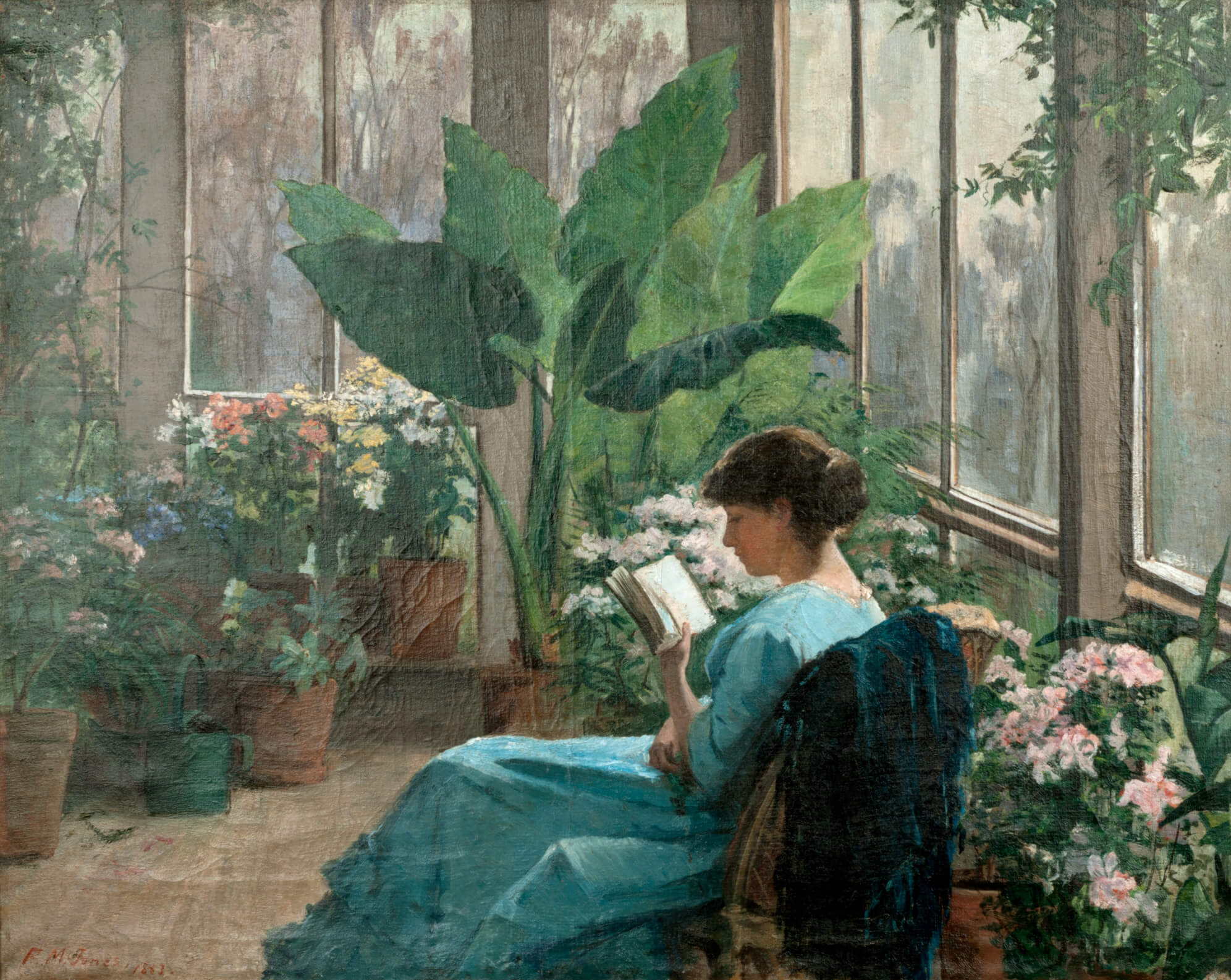
Although Jones spent most of her professional career in Europe, she regularly exhibited in Halifax and served as a notable example of a local artist who had “made good.” In 1882 she was elected as an Associate Member of the Royal Canadian Academy of Arts (RCA), the first woman artist to be so recognized. She exhibited three works at the RCA’s exhibition in Halifax that year, one of which was purchased by the RCA’s patron, the Marquis of Lorne (1845–1914), the governor general of Canada. Throughout the 1880s Jones exhibited in the Paris Salon, in RCA exhibitions, and, after her marriage in 1886 to British painter Hamlet Bannerman (1851–1895) and subsequent move to England, the annual exhibitions of the Royal Academy of Arts.

 About the Author
About the Author
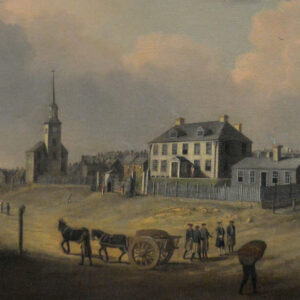 More Online Art Books
More Online Art Books
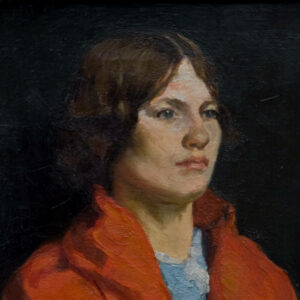 Acknowledgements
Acknowledgements